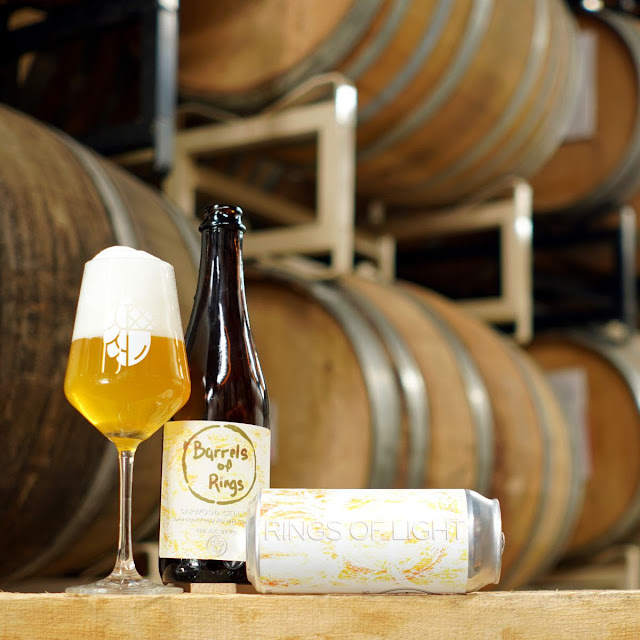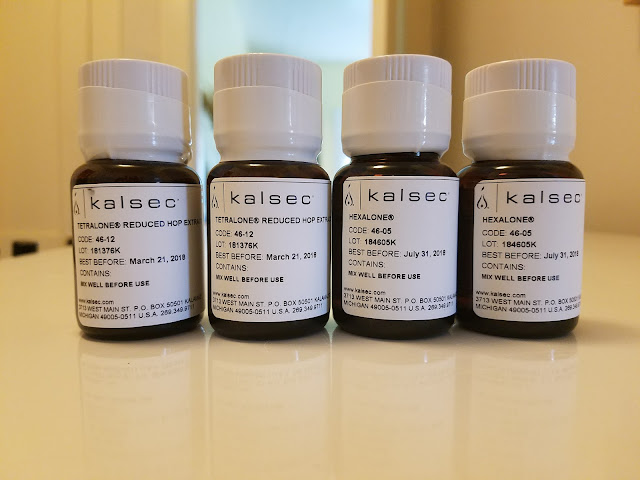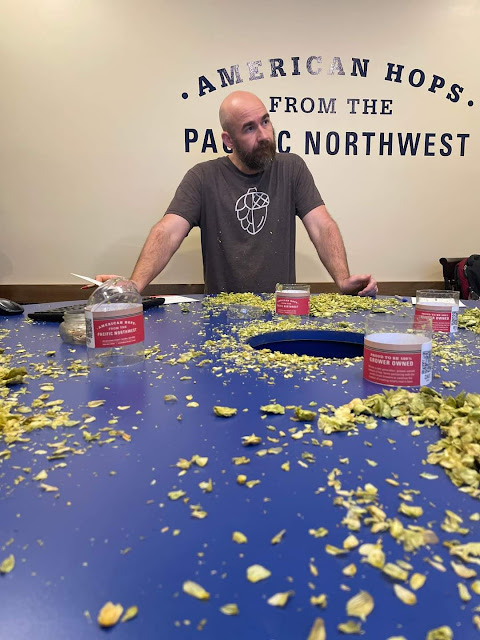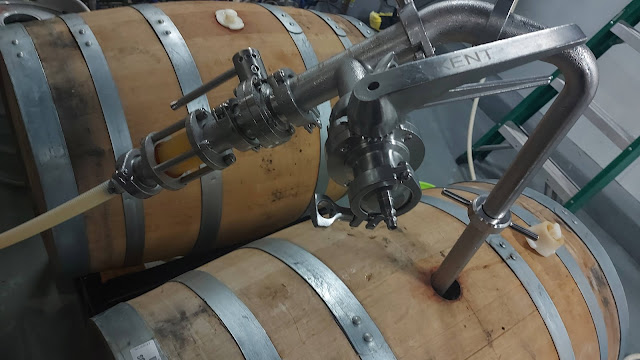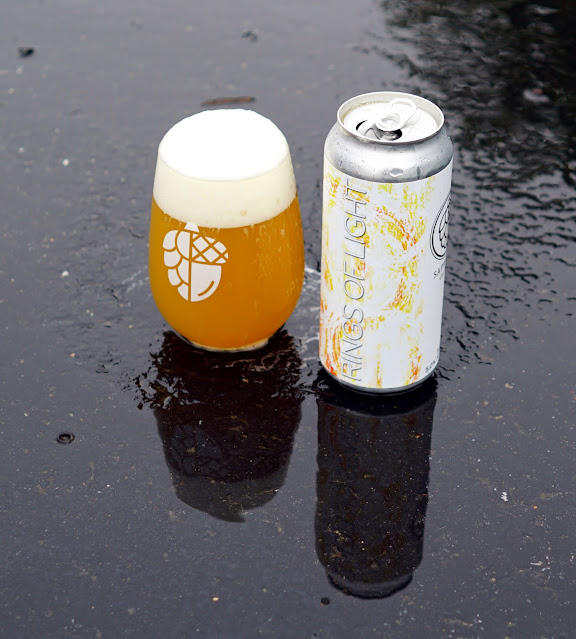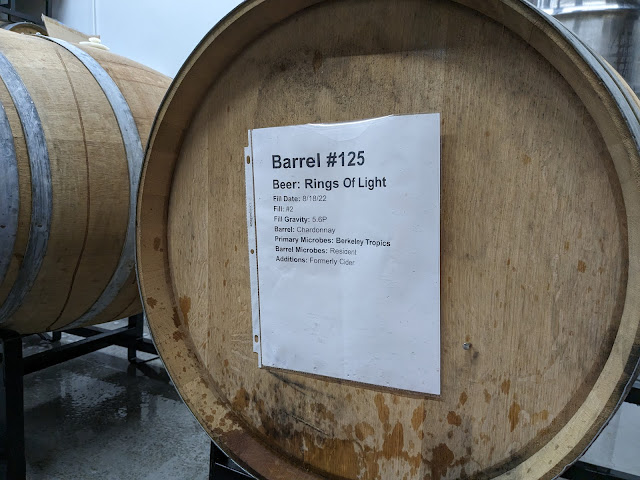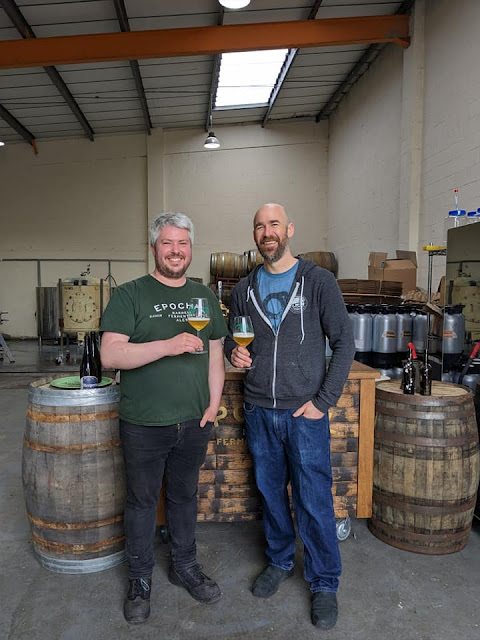 The IBA is urging indie beer lovers to consider which candidates are invested in the best interests of the the brewing community.
The IBA is urging indie beer lovers to consider which candidates are invested in the best interests of the the brewing community.  The IBA is urging indie beer lovers to consider which candidates are invested in the best interests of the the brewing community.
The IBA is urging indie beer lovers to consider which candidates are invested in the best interests of the the brewing community.  The Independent Brewers Association has announced that The Indies Awards and BrewCon will not take place in 2025.
The Independent Brewers Association has announced that The Indies Awards and BrewCon will not take place in 2025. 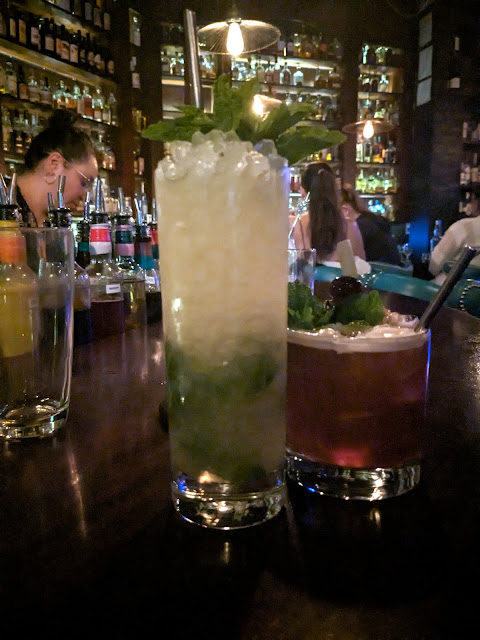
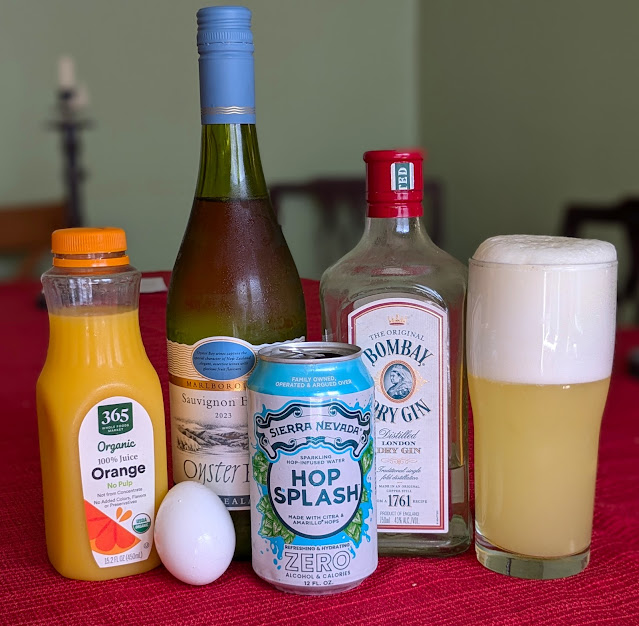
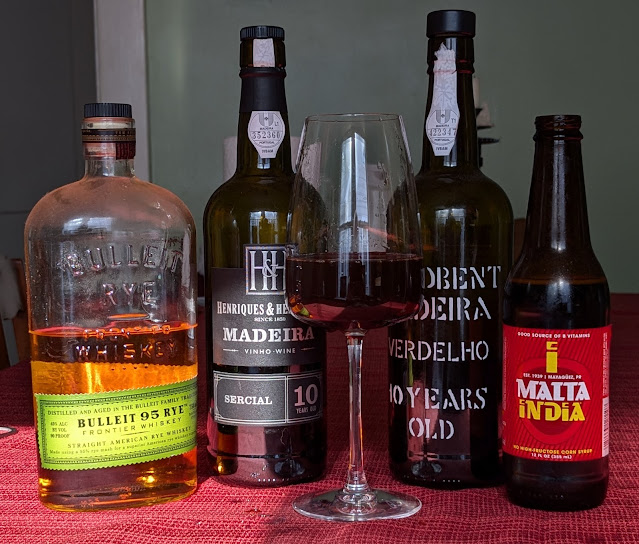
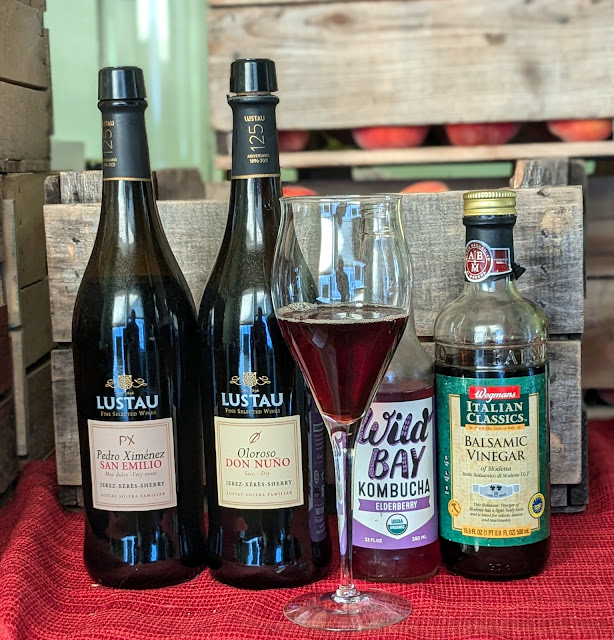
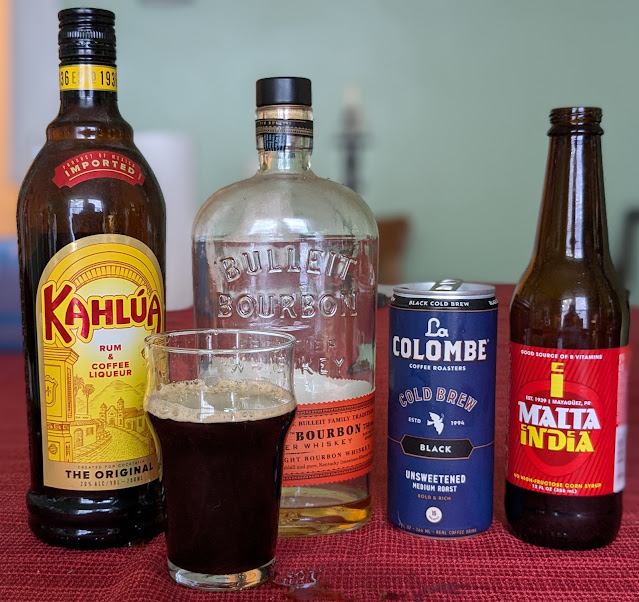




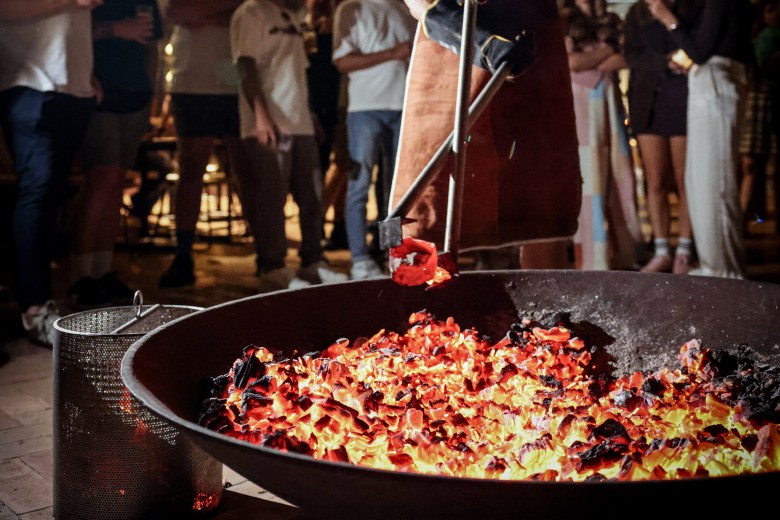 The annual event honours ancient stone brewing traditions while crafting the limited-release Stone Beer.
The annual event honours ancient stone brewing traditions while crafting the limited-release Stone Beer. 